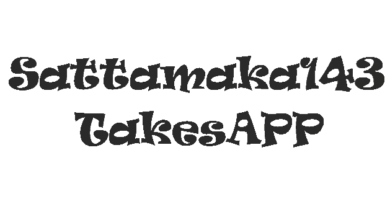Visual Animation and Its Implications in Game Art

Animation is a film technique, which is used for creating an illusion of movement or shape change by showing a sequence of images, which are very close to each other but still differ. The animator has a unique job of making the images illusory motion by sliding the image frame by frame over the time. A cartoon character designer is all about introducing life and personality to what would otherwise be a motionless drawing.
The role of the animation designer in the world of game development becomes pivotal as animation designing is responsible for bringing the game characters and environment to life in a way that makes them interactive and comprehensible. Tech Gaming is revolving the whole industry with modern techniques. Contact him today because Game animation has a direct impact on how playable and dynamic the gameplay is and it takes responsibility for how game objects move and act and how the general feel of the game is established.
Types of Game Animation
There are mainly two types of animation designed for games:There are mainly two types of animation designed for games:
1. 2D Animation: These are all digital models of the hand-drawn arts and vectors that have been placed on a 2D table. In-game 2D animation styles of boning and sprite sheets may be the ones, which can be easily made and optimized for 2D video games.
2. 3D Animation: Animation techniques include polygon mesh and character rigging to console the 3D elements and the characters in the game. It provides more smooth and participatory animation capabilities but depends on high-skilled software and computer equipment.
Function of Game Animation
The animation in the game art is evidently an effective method.
Animation designing is an integral part of game development and serves many important functions:
1. Bringing Characters to Life:
One of the essential benefits of game animation is conveyance of a player mastering character’s relatability through her/his movement, gesture and reaction.
2. Immersive Environments:
The use of environmental animations such as running water and rustling leaves, flickering lights greatly improves the realism and attractive quality of the game worlds, to increase the gameplay quality.
3. Gameplay Feedback:
Interactivity shows the gamer’s relationships with the game components. For instance, visual hit animations, UI animations and animated particles allow players to be conversant with relevant and up-to-date gameplay.
4. Visually Communicating Narrative:
Gameplay level graphics produced cutscene animations, facial expressions, character movements which were the best medium for storytelling and thematizations throughout the entire game.
5. Conveying Game Mechanics:
Animated video tutorials, suggestions of controls scheme, accepted input and also rules are used to escort players in the game.
6. Game Feel and Juice:
The animations are supplemented through the gameplay settings with frames like explosions, ricochet, and shakes etc. together contribute to drama and intensity.
The animation design lightly touches the picture, feel and how users interact with the game. Contact today to learn at an advanced level of animation designing. It bridges the gap between exaggerated existence and immersive reality through the use of movements, constructing unbelievable objects and excellent sound systems that add up to achieve visual sensations. The digital games industry as one of the most popular modes of entertainment always remains dynamic with this ongoing development. This will make animation design not only a crucial process but also even more important in the future.




